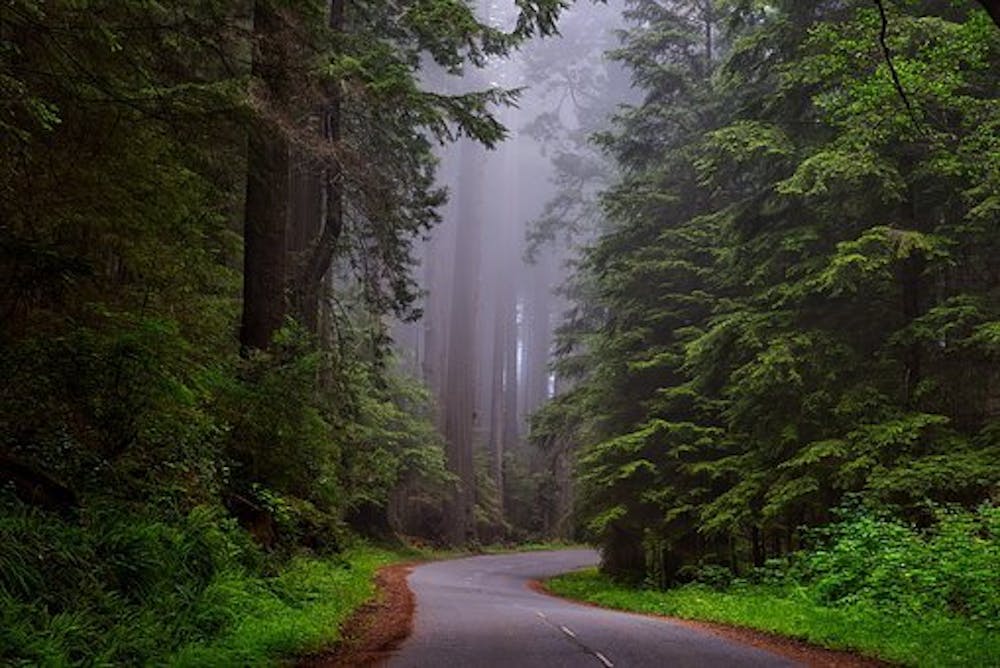By: Denali Selent
As everyone’s favorite orange environmental advocate once said, “I am the Lorax. I speak for the trees.” -Dr. Suess. It’s no secret that one of the actions most oftenassociated with environmental sustainability is the act of planting a tree. In fact, many businesses even hold tree-planting campaigns as a sign of their sustainability prowess. For example, the well-known clothing brand tentree plants ten trees for every purchase, and to date has planted over 50 million trees. Why exactly is planting trees such a valued action in the eco-community, and what implications could this have on future climate solutions? Today we will explore these questions with a crash course on carbon sequestration.
As it turns out, trees really do deserve a gold star in environmental sustainability. They provide a number of ecological benefits, including, but not limited to, reducing soil erosion and groundwater runoff, providing a habitat to countless wildlife species, and diminishing heating effects from solar radiation. However, one lesser-known but incrediblyimpactful characteristic of trees is their ability to capture greenhouse gases, like carbon dioxide, from the atmosphere.
Known as carbon sequestration, trees are able to transform atmospheric carbon dioxide into biomass through the process of photosynthesis. Trees aren’t the only thing capable of sequestering carbon–but they are the most efficient at it! For visualization, our forests have sequestered similar amounts of anthropogenic (aka. human-caused) carbon dioxide as oceans, yet forests only account for about 31 percent of the earth’s surface (compared to 71 percent for oceans). As a result, more attention is turning toward tree-planting and forestry efforts as potential climate-change mitigation tools. This isn’t to say that we can “plant” our way out of changing our behaviors that emit greenhouse gases, but trees could certainly be an integral part of reducing both current and future atmospheric carbon dioxide.
For those interested in taking a unique step toward personal sustainability, the organization Trees for the Future allows users to calculate how many trees they would need to plant to offset their yearly carbon emissions. Users can then opt to donate to Trees for the Future’s agroforestry projects in Africa if they would like to follow through with their carbon offset. For visualization, Trees for the Future claims that one acre (slightly less than a football field) sequesters 144.64 metric tons of carbon dioxide over a 20-year time span. With the average American emitting about 27 tons of carbon dioxide each year, we would each need to plant about 0.187 acres of forest a year to offset this.
It is important to point out that these calculations aren’t perfect– trees that fall down and become diseased can rot and release carbon dioxide back into the atmosphere. Similarly, the species of tree that is being planted can make a significant difference in how much carbon it will actually sequester. All this aside, I hope you’ll share a new appreciation for the carbon-capturing champs that loom over campus.
Photo courtesy of Pixabay




